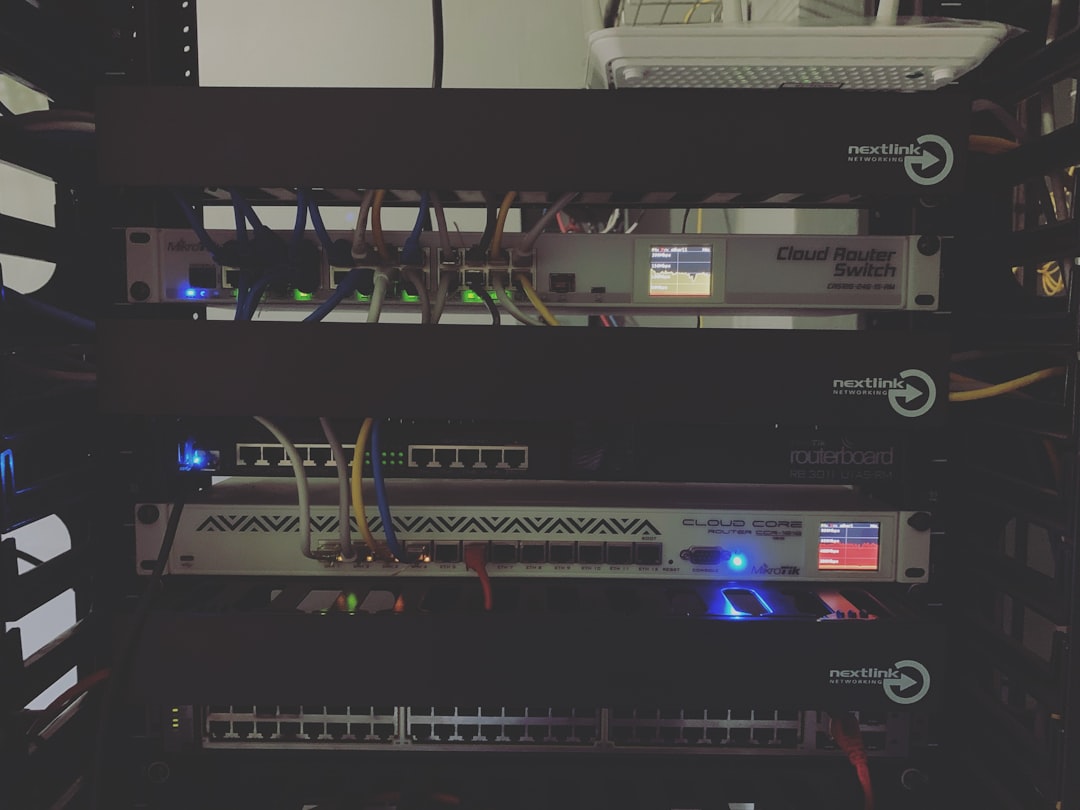In recent years, setting up a personal media server has become an increasingly popular way for users to manage and stream their own libraries of movies, music, and TV shows. Two of the most well-known platforms available for this purpose are Jellyfin and Plex. While both applications serve the same primary function, they differ in terms of open-source philosophy, features, performance, and ease of use. Choosing the right one depends largely on your priorities and level of technical comfort. This article aims to break down the key differences and help you decide which home server solution is right for you.
Background and Philosophy
Jellyfin is an open-source media server that arose as a fork of Emby when the latter transitioned to a proprietary licensing model. Jellyfin is maintained completely by the community and is free of charge, with no paid features or premium tiers. It places a strong emphasis on user privacy and local control.
Plex, on the other hand, started as a fork of XBMC (now Kodi) and has grown into a robust, mature platform offering both free and premium services under its “Plex Pass” subscription. While Plex is user-friendly and feature-rich, some users express concern over increasing integration with cloud services and user data tracking.

Installation and Setup
When it comes to ease of installation and setup, Plex has the edge. Its intuitive user interface enables even non-technical users to get up and running quickly. The process involves installing the server application, creating an account, and adding media libraries through a guided setup wizard.
Jellyfin may require more technical know-how. While it’s not difficult to install, especially on Linux systems or via Docker, some configuration steps can be less visually guided compared to Plex. However, community documentation is thorough and improving steadily.
User Experience and Streaming
- Plex: Polished and professional-looking interface, tailored for modern TVs and mobile devices. Offers remote streaming out-of-the-box and apps on almost every platform including smart TVs, Roku, Apple TV, Chromecast, and game consoles.
- Jellyfin: A clean but slightly less refined interface. Remote streaming often requires network configuration and use of reverse proxies or VPNs to function securely outside the home. Supported on many platforms through official and community-contributed apps.
If you prioritize a hassle-free user experience and automated remote access, Plex may better suit your needs.
Advanced Features and Customization
This is where Jellyfin shines. Being completely open-source, users have full access to the source code and can customize nearly every aspect of the server and client interactions. Plugins and themes can be added without restrictions, and the community develops integrations continuously.
Plex also supports plugins, albeit unofficially, through third-party communities. However, several previously supported features have been deprecated as the platform focuses more on its commercial offerings. The Plex Pass gives access to features such as live TV and DVR, hardware acceleration, and mobile sync, but these come at a cost.

Privacy and Data Control
One substantial difference lies in data privacy. Jellyfin operates entirely locally unless you explicitly configure remote access – no data is sent to third-party servers. This appeals to privacy-conscious users who want to keep complete control of their media and access logs.
Plex, while secure and transparent, does transmit some metadata to its servers for enhanced features like recommendations and account syncing. This may be a concern for users wanting complete autonomy over their server and its contents.
Cost Considerations
- Jellyfin: Always free, with full feature access.
- Plex: Free tier with limitations. Premium features require a Plex Pass subscription, which starts at $4.99/month or $119.99 for a lifetime pass.
If you are looking for a zero-cost solution with no feature paywalls, Jellyfin is the clear winner. However, for those willing to pay for convenience and polish, Plex offers strong value.
Conclusion: Which One Should You Choose?
Choosing between Jellyfin and Plex ultimately comes down to your specific needs and technical confidence. If you value complete control, open-source software, and privacy, Jellyfin is a compelling option that continues to improve rapidly through community effort.
On the other hand, if you’re looking for a plug-and-play experience with minimal maintenance, broad app support, and advanced features like hardware transcoding and mobile sync, Plex is more likely to meet your expectations – at a cost.
Both platforms are excellent in their own right, and you may even find a hybrid use case where you experiment with both. Regardless of your choice, either solution can transform how you enjoy home media in a digital world.


































